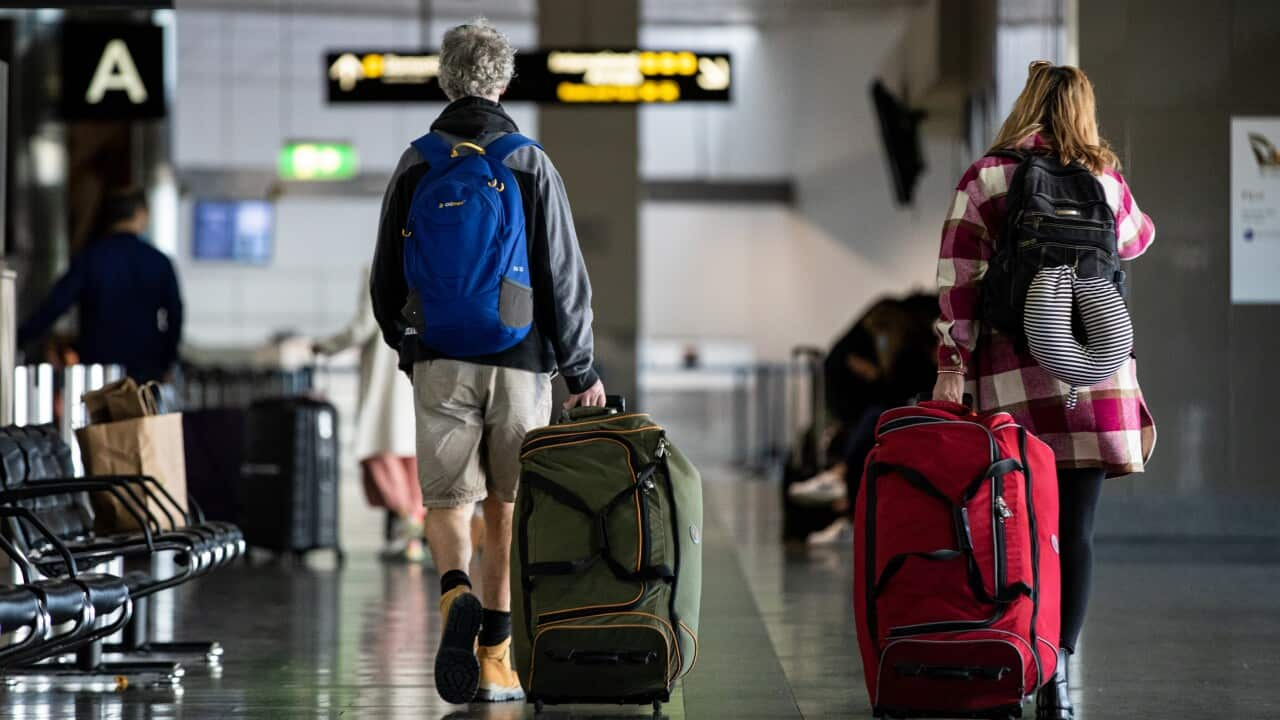Late last week the Australian dollar rose to a six-month high which could mean good news for travellers, depending on where you're heading.
High commodity prices in Australia were partly why its dollar reached more than 67 US cents for the first time since early January.
HLM Investments Equities adviser Heath Moss told SBS News there are two other factors behind the Australian dollar's rise against the greenback.
"The US dollar has been really weak this week, we’ve seen it come off the back of soft macrodata and maybe the expectations of further rate cuts are being factored in as well.
"Whereas it’s quite the opposite here — we had really strong inflation data here last week so rate cut expectations have totally been factored out of our markets for this year and moved into 2025."
In the 12 months to May, inflation rose by 4 per cent, according to data released by the Australian Bureau of Statistics on 26 June.
It was a 0.4 per cent rise since April, when inflation came in at 3.6 per cent, slightly higher than economists predicted.
On Friday, the Australian dollar was at or near a one-year-high against the euro, the Chinese yuan and the New Zealand dollar.
The euro has been struggling somewhat recently amid the unpredictability of IG market analyst Tony Sycamore told SBS News.
"More broadly, the European economy has seen a decline in inflation, which means that the European Central Bank has been one of the first to cut interest rates, whereas here in Australia we're still talking about interest rate hikes.
"So the Europe travel option is looking pretty good and I think we're seeing that on all our social media feeds."
He said the news that the Australian dollar is rallying against the US dollar means travel will be cheaper for tourists heading to the US, but will still be well below the historic benchmark of around 70 cents to the dollar.
Sycamore said while the Australian dollar is up against the New Zealand dollar, it's still an expensive place to travel to so the small currency shifts won't make much of a difference to Australian travellers.
The Australian dollar recently reached a 30-year-high against the Japanese yen, due to a weakened Japanese economy, and many Australian travellers have already realised it's been a good time to travel there.
The number of Australians visiting Japan in the first quarter of 2024 increased by 46.3 per cent compared to the same period in 2019, according to data from the Japan National Tourism Organisation.
Sycamore cautioned that the Australian dollar is still weak against the British pound, because the pound has been the strongest performing currency of the year and the Australian dollar hasn't been able to catch it despite being the second-strongest currency.











